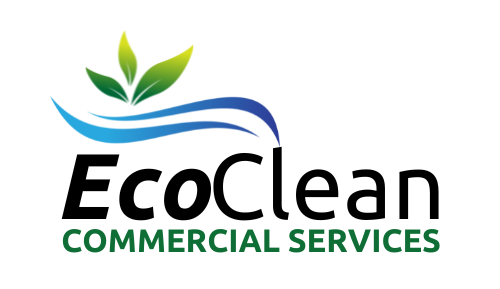Cleaning a commercial building is much more than just tidying up. It requires a systematic approach to ensure a hygienic and comfortable environment for employees and visitors. Here you will find a detailed guide on effectively cleaning a commercial space.
1. Understand the scope of cleaning
Before embarking on any cleaning task, it is important to understand the specific needs of the building. Commercial spaces range from offices and retail stores to warehouses and healthcare facilities. Each type requires a tailored cleaning strategy.
Common areas that need cleaning:
Offices: desks, common areas, restrooms, kitchens, meeting rooms.
Retail spaces: display areas, fitting rooms, restrooms, checkout counters.
Warehouses include storage areas, loading docks, and administrative offices. Healthcare facilities include patient rooms, waiting areas, and medical equipment.
2. Create a cleaning plan
A well-structured cleaning schedule helps maintain cleanliness consistently. This plan should include:
Daily tasks: emptying trash, dusting surfaces, vacuuming, cleaning restrooms.
Weekly tasks: deep cleaning carpets, scrubbing floors, and disinfecting frequently touched surfaces. Monthly tasks: cleaning windows, deep cleaning upholstery, maintaining HVAC systems.
3. Choose the right cleaning products
Choose cleaning products that are environmentally friendly and effective. Make sure they are suitable for the surfaces you will be cleaning and consider the following categories:
General cleaners: Used for daily surface cleaning.
Disinfectants: Used to kill germs and bacteria, especially in frequently touched areas. Floor cleaners: Special products for tile, carpet, or hardwood surfaces.
4. Security Protocols
Make sure safety is your number one priority. This includes:
Personal Protective Equipment (PPE): Gloves, masks, and goggles for cleaning personnel.
Proper Labeling: Make sure all cleaning products are clearly labeled to avoid accidents. Training: Regularly train cleaning staff on the safe use of equipment and chemicals.
5. Efficient Cleaning Techniques
Maximize productivity by implementing effective cleaning techniques.
Top-down approach: Start cleaning from the top to avoid dust and dirt falling on areas that have already been cleaned.
Zone cleaning: Divide the building into zones and assign teams specific tasks to ensure thorough cleaning.
Use technology: Consider using floor scrubbers, vacuums, and steam cleaners to increase efficiency. 6. Regular maintenance inspections
Regular inspections help maintain cleaning standards. Create a checklist for supervisors to assess cleanliness and identify areas that need attention. Regular equipment maintenance also ensures longevity and optimal performance.
7. Feedback and Adjustments
Collect feedback from employees and visitors about the cleanliness of your facility. This will provide valuable insight and highlight areas that need improvement. Be prepared to adjust your cleaning schedule and cleaning methods based on this feedback.
8. Practice Sustainability
Incorporating sustainability into your cleaning activities can improve your company’s reputation. Consider:
Eco-friendly cleaning products: Use eco-friendly products to minimize exposure to chemicals.
Reduce waste: Implement recycling programs and minimize waste through efficient practices.
Energy efficiency: Use energy-efficient fixtures and lighting while cleaning.
Conclusion
Cleaning a commercial building is an ongoing process that requires attention to detail, organization, and a commitment to health and safety. By following a structured cleaning schedule, using the right products, and conducting regular evaluations, businesses can create a clean, safe, and welcoming environment for all who enter their premises. This not only improves the aesthetics of your building but also promotes productivity and happiness for employees and visitors.

